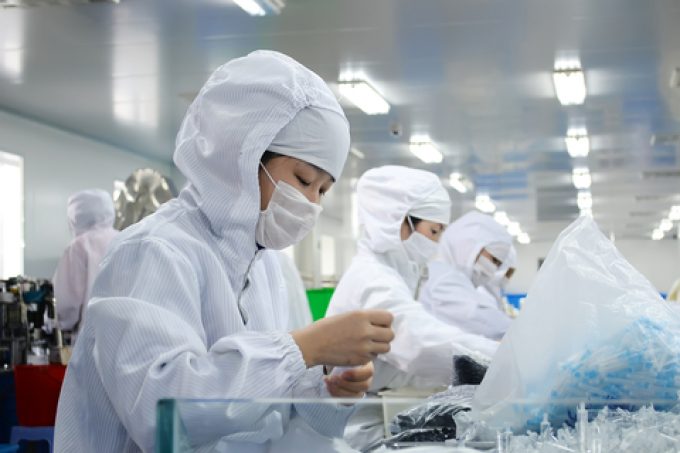Arrests and goods seized as raids across EU uncover massive import fraud
Coordinated raids by the European Public Prosecutor’s Office (EPPO) in several European countries uncovered a ...

Most of China’s manufacturers are back online in some capacity, but new supply chain risks are emerging.
Normal Global Logistics (NGL) estimates that, in the wake of the country’s coronavirus lockdown, 90% to 95% of factories have returned to operation in most provinces – except Hubei.
“Several ...


Comment on this article